Sustainability Risk Management: (Legal) Due Diligence Obligations
Richard Robinson has been invited by Professor Tom Romberg to give a keynote address to the Engineers Australia Southern Highlands & Tablelands Regional Group for the Sydney Division Regional Convention 17-19 October 2014 in Bowral on the theme "Sustainability Risk Management".
Sustainability Risk Management focuses on environmental and social responsibility risks. US Professor Dan R Anderson observes that traditionally the costs associated with sustainability risk were externalised to the environment and general society. But increasingly they are being internalised to business.
Richard Robinson has been invited by Professor Tom Romberg to give a keynote address to the Engineers Australia Southern Highlands & Tablelands Regional Group for the Sydney Division Regional Convention 17-19 October 2014 in Bowral on the theme "Sustainability Risk Management".
Sustainability Risk Management focuses on environmental and social responsibility risks. US Professor Dan R Anderson observes that traditionally the costs associated with sustainability risk were externalised to the environment and general society. But increasingly they are being internalised to business.
So presumably, if the Aral Sea and Lake Chad are taken as examples, the benefits associated with the diversion of the rivers for irrigation should have been balanced out against (or at least taken into consideration) with the environmental and social costs of the lakes drying up. As much could be said of Australia over allocating water from the Murray-Darling basins. The tendency is to do that which provides returns within a commercial investment period (3 to 10 years?) especially at a state level, and ignores the larger collective issues and what might happen when a big rare event occurs, for example, a 10 year drought.
The question of what decision making process should be applied in such circumstances is often raised. R2A, as due diligence engineers have always used the Australian High Court’s case law for safety matters. The question of whether or not this could be applied to Sustainability Risk Management is an interesting possibility and the subject of the address. Whilst lawyers always insert caveats regarding the interpretation of legislation, there seems to be a general agreement that negligence cases can be instructive on what might constitute "reasonably practicable" steps to prevent harm.
The indications to date are encouraging. It has most certainly been applied in the question of the management of electrical assets for bushfires. The Powerline Bushfire Safety Taskforce’s report into the Black Saturday fires used this approach per advice from R2A. An example of an expert opinion by Richard Robinson in New Zealand using common law due diligence as a defence against negligence in an environmental legislative context is available at New Zealand EPA. This appears to have been well received by relevant legal counsel at the time although the opinion notes that it was not endeavouring to create a new test under the Resource Management Act 1991.
The essential aspect of due diligence as a defence against negligence is that foreseeable harm to neighbours should be appropriately managed. If the concept of neighbours is extended to include all future neighbours then the possibility a sustainability due diligence argument arises. That is, provided a proposed project or plan is not prohibitively harmful to both present and all future neighbours, and all reasonable practicable precautions have been provided to protect all these neighbours for all reasonably foreseeable issues, then the project ought to proceed. This would be a positive demonstration of sustainability due diligence.
